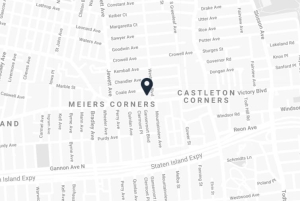3 Dangerous subway falls
3 DANGEROUS SUBWAY FALLS
| Nov 23, 2018 | Mass-Transit Accidents, Personal Injury, Slip And Fall |
There are more than a few ways you might accidentally take a tumble on an average day. But public transit slip-and-fall’s can be much more dangerous than these accidents are typically.
If you’re not careful, they could even be deadly.
Over the platform edge
Last year, there were almost 900 incidents of unauthorized persons being on the tracks or getting hit after being too far over the platform edge. Despite MTA’s campaigns to prevent sick or injured persons from venturing too closely to the edge, this trend continues to increase each year. In 2016, 48 people died due to a train-related accident.
During rush hour, when hundreds of people are shoving and pushing past one another, the risk for one of these accidents can be frighteningly high — especially for more vulnerable populations, such as small children and elderly persons.
Down the steps
As any New Yorker would imagine, falls down subway stairwells are quite common. Luckily, due to the sea-level, most stations are only a short stairway deep. However, there are some stations with very long stairwells.
In cases where an escalator or elevator is backed up or out of order, these long stairwells may be the only alternative. A spilled beverage, small object, gash in the pavement or another hazard along these steps can trigger a deadly fall.
Inside the train
Commuters know that falls in the subways are especially common during tourist season in Midtown.
However, they also know that falling in a train can happen to anyone if you get a bad conductor. Breaking too harshly or taking tight turns too quickly can easily catapult people into one another–especially when the train is too full for everyone to grab or reach a rail.
While most of these falls are harmless, falling into a stroller or a woman with knitting needles could cause severe injury.
Potential faults
These injury cases often involve negligence on multiple accounts, such as actions by the MTA, individual train operators, maintenance contractors or regular persons using the transit services.
In order to win a case, you’ll have to prove that a responsible party’s negligence caused the accident. Example defenses a lawyer may be able to use include:
- Lack of MTA personal or other security methods, such as cameras or police officers.
- Train operator negligence, including if he or she was under the influence of an impairing substance
- Lack of maintenance to trains, railways or stairwells
- Neglecting to correct a hazard that was reported 15 days prior to a resulting accident
Other common personal injury cases filed from subway incidents include:
- Train derailment
- Sexual or physical harassment
- Fights (battery)
- Escalator-related injury
- Elevator-related injuries
Do you have a case?
If you took a fall that was someone else’s fault and caused you severe injury, you don’t have to suffer quietly.
An experienced personal injury attorney can help advise you on the actions necessary to pursue your case, such as filing a Notice of Claim within 90 days of the incident. Successful cases can relieve plaintiffs of costly medical bills, lost wages and more.




